Tired of Ants? Here’s How a Pro *Actually* Gets Rid of Them (Hint: It’s Not Bleach)
In all my years working in pest management, I’ve heard it all. Seriously. Clients have asked about every home remedy you can possibly imagine. But the one that comes up constantly is bleach. People always want to know if they can just pour bleach on a line of ants and call it a day.
In this article
And yeah, the simple answer is that bleach will kill ants on contact. But honestly? It’s one of the worst things you can use for an ant problem. I’ve seen the damage it causes firsthand, from permanently stained countertops to dangerous chemical fumes. My job isn’t just about zapping pests; it’s about solving the problem at its root while keeping your home and family safe.
Using a harsh chemical like bleach is like using a sledgehammer to hang a picture. It’s messy, it’s overkill, and it doesn’t solve the real issue. Those few ants marching across your kitchen floor are just scouts. They’re a tiny fraction of a massive colony that could have thousands of members hidden away in a wall, under the floor, or out in the yard. Killing those scouts with bleach does absolutely nothing to stop the nest. So let’s walk through how a professional actually thinks about ant control, starting with why that bottle of bleach should stay under the sink.
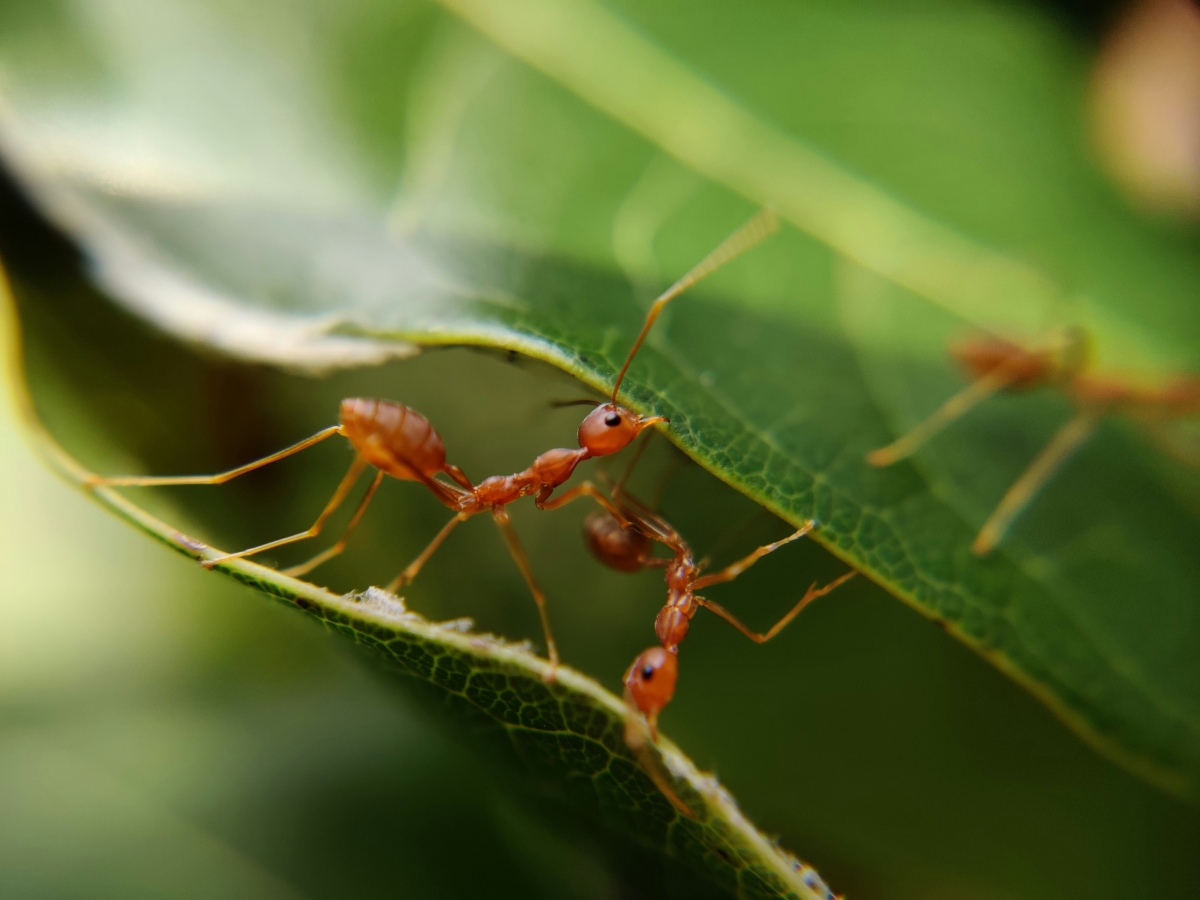
The Big Problem with Bleach
People reach for bleach because it feels powerful, and it’s something they already have. They think that strength is a good thing, but in reality, it’s what makes it a poor and risky choice. When I get a call from a homeowner who’s been battling ants with bleach, my first job is often explaining the new problems they’ve accidentally created.
Here’s the deal: household bleach is a strong oxidizer. When you spray it on an ant, it destroys the waxy outer layer of its exoskeleton, causing it to dehydrate and die pretty quickly. So yes, it’s a lethal contact killer. But that’s the problem—it only works on contact. The moment it dries, its ant-killing power is gone, and it leaves no lasting effect.
More importantly, it does nothing to the ant colony. The queen, who can lay hundreds of eggs a day, is perfectly safe in her nest. The colony will just send out more workers to replace the ones you killed. You’re basically playing a game of whack-a-mole that you can never win.
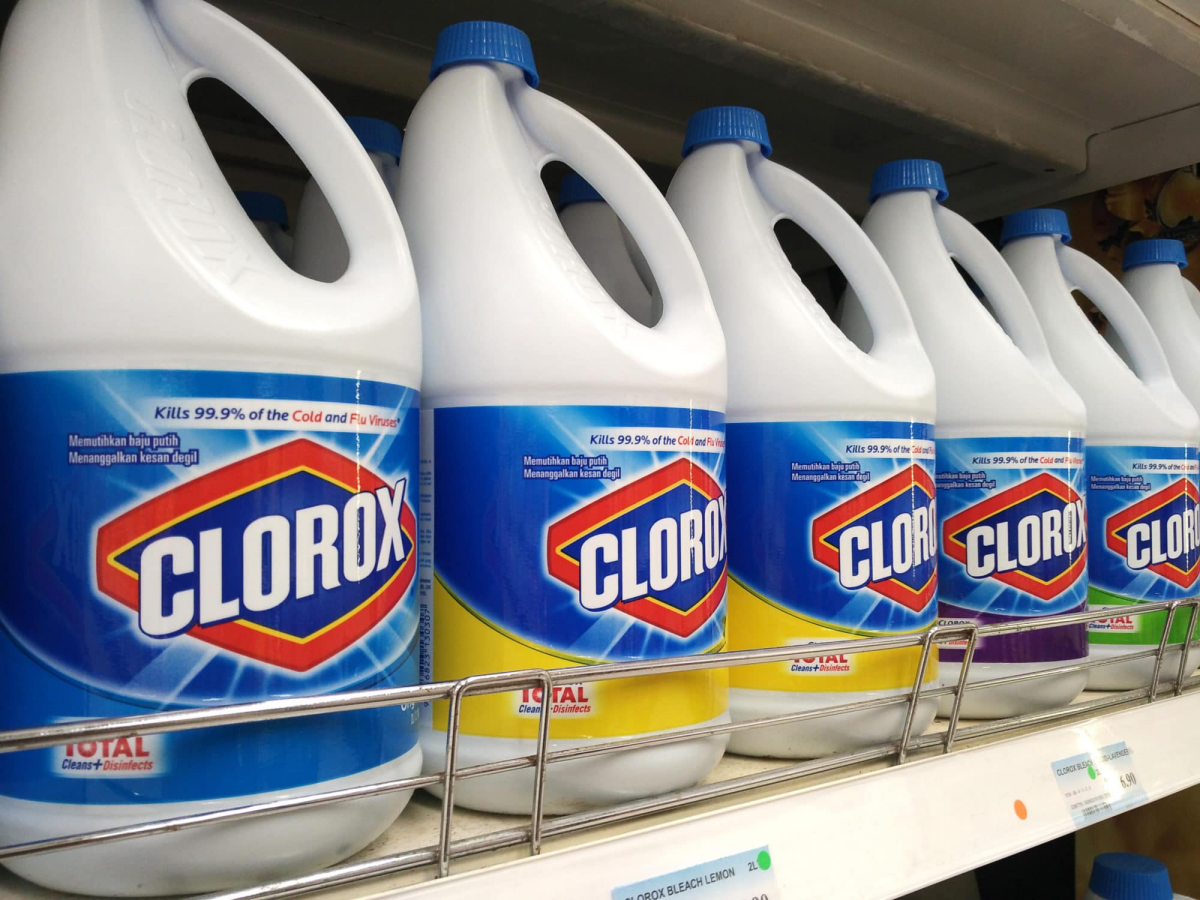
But What About the Pheromone Trail?
I hear this a lot: “But bleach erases their chemical trail!” And that’s true. Ants lay down pheromone trails to guide their buddies to food. A strong cleaner like bleach will definitely wipe that trail away. But you know what else does the same thing without the risk? A simple spray of soap and water. You don’t need a hazardous chemical to do it. Wiping out one trail is just a temporary setback for a determined colony; they’ll simply find a new path.
The Real-World Damage to Your Home
I once visited a client who tried to solve an ant problem around their kitchen sink with bleach. They had these beautiful, dark granite countertops. After a week of spraying bleach multiple times a day, they had a permanent, light-colored haze etched into the stone. The sealant was destroyed, and the stone itself was discolored. It was a very costly mistake.
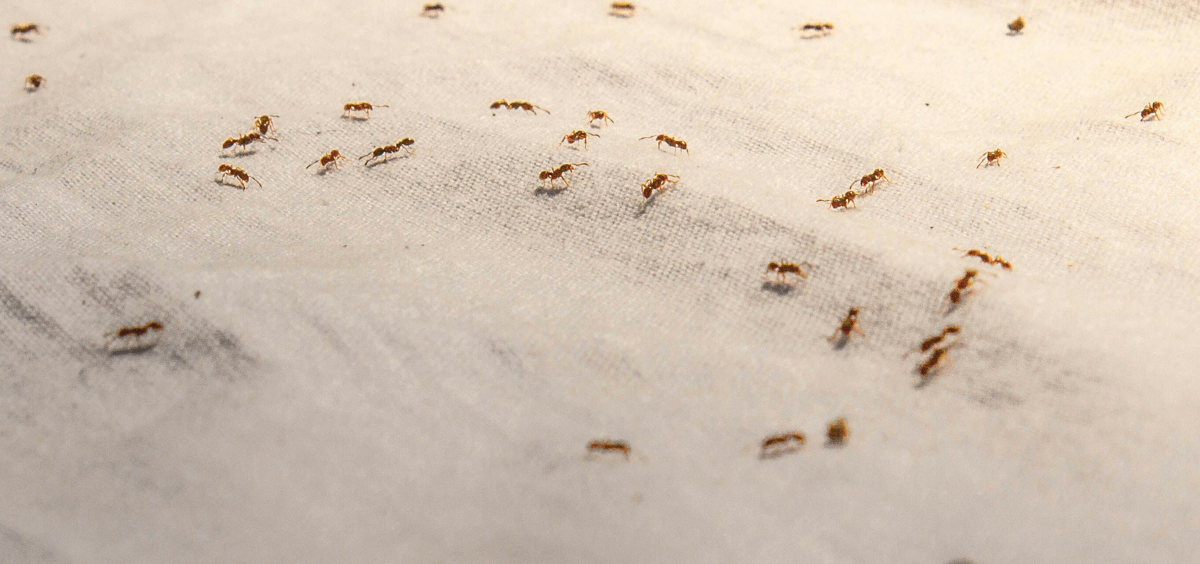
Bleach is corrosive and can damage a ton of common household surfaces:
- Natural Stone: It can etch and dull marble, granite, and quartz.
- Wood Floors: It can strip the finish and stain the wood.
- Grout: It can bleach the color right out of your tile grout.
- Metals: It can corrode stainless steel fixtures over time.
Heads Up: The Safety Hazards are Serious
The most important reason to skip the bleach is safety. Bleach fumes can irritate your eyes, skin, and lungs, especially for anyone with asthma or respiratory issues. But the biggest danger is accidentally mixing it with other common cleaners. If you mix bleach with an ammonia-based cleaner (like many window sprays), it creates toxic chloramine gas. Mix it with an acidic cleaner (like some toilet bowl products), and you get chlorine gas. These aren’t just textbook warnings; these accidents happen and can lead to serious respiratory damage or worse.
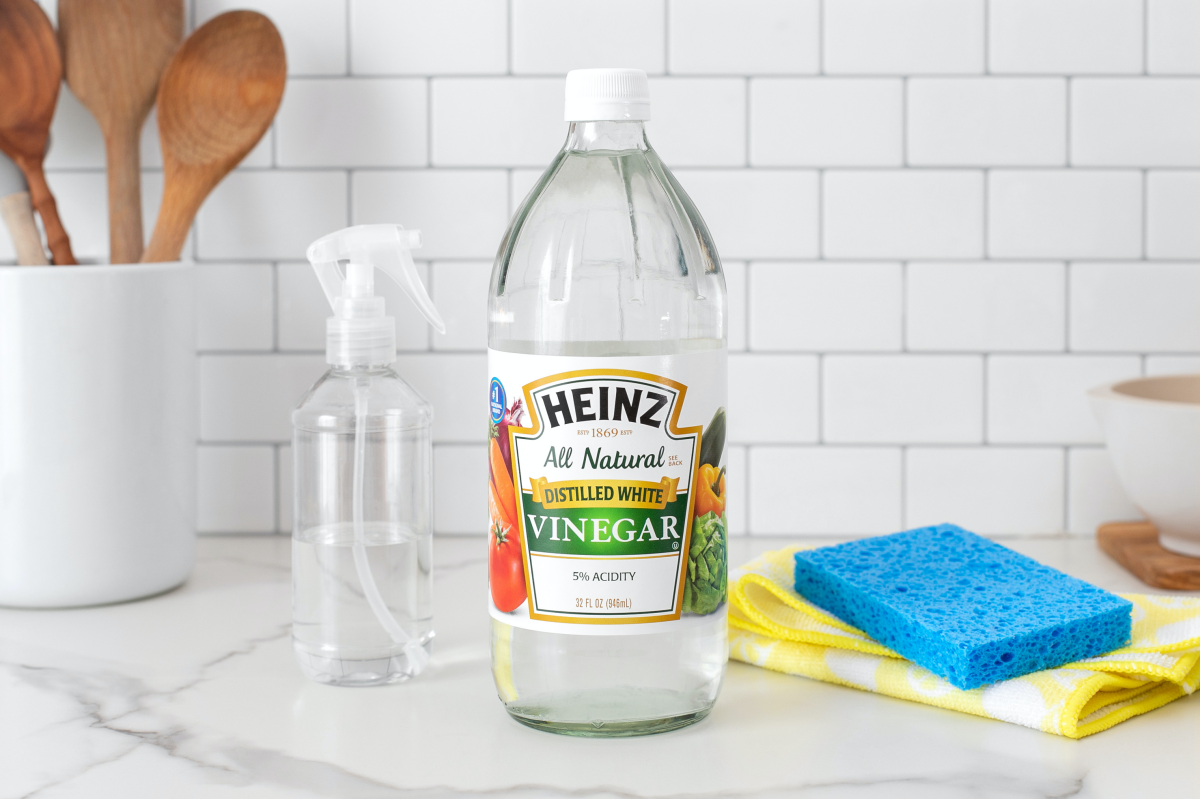
First, Understand Your Enemy
To beat ants, you have to think like them. Their entire world revolves around one thing: the survival of the colony. The colony is the real target, not the individual ants you see.
Think of it like this: the queen is the factory, and the workers you see are just delivery drivers. Killing the drivers doesn’t shut down the factory. This is why contact killers are a dead end. We need a strategy that gets inside the factory and shuts it down for good.
And that brings us to their greatest weakness: those pheromone trails. Ants use them as a roadmap, and we can use that roadmap to deliver our solution right to their front door.
Quick Guide to Common House Ants
Knowing who you’re up against helps you choose the right tools. Here are a few common culprits:
- Odorous House Ants: Small, dark ants that, when crushed, smell like rotten coconut. They have a major sweet tooth.
- Pavement Ants: Small, dark brown ants you often see on sidewalks. They’ll eat almost anything—sweets, grease, other insects.
- Pharaoh Ants: These are tiny, almost translucent yellow ants. A word of caution: these guys are a nightmare. If you use a repellent spray on them, they can fracture their colony into multiple new colonies, making your problem ten times worse. This is a job for a pro.
- Carpenter Ants: Large black or reddish ants. These are the most destructive. Did you know? The most common sign of carpenter ants isn’t the ants themselves, but finding piles of what looks like coarse sawdust. We pros call it ‘frass,’ and it’s a major red flag for structural damage. If you see this, call a professional immediately.
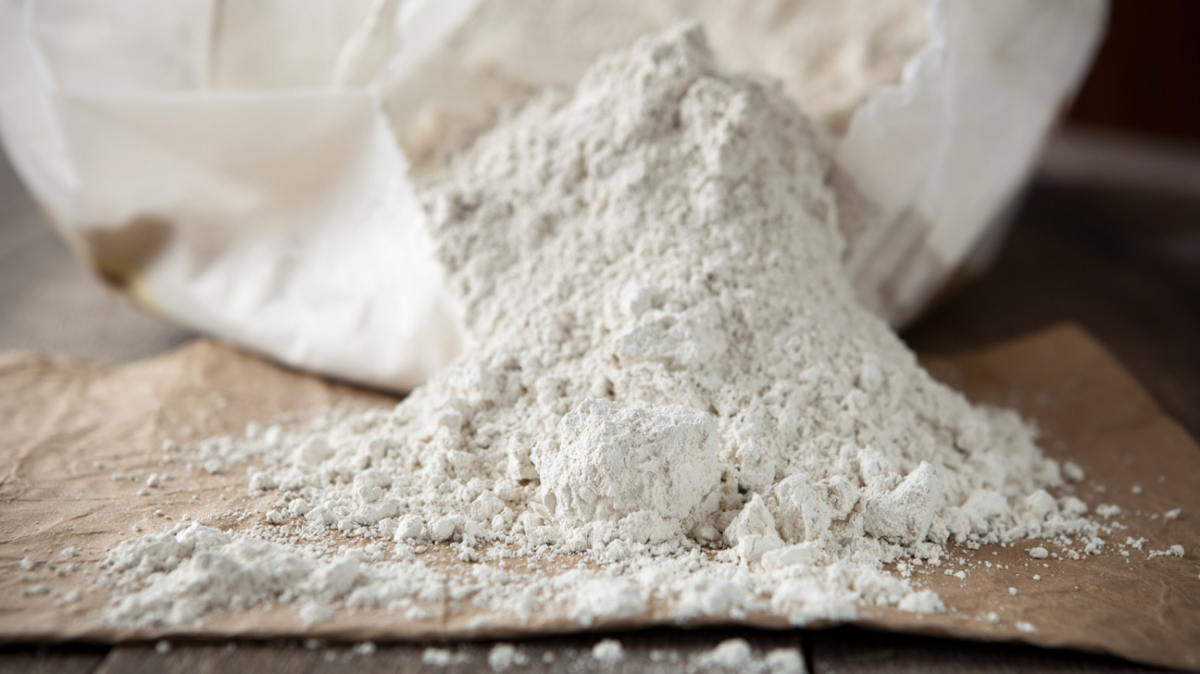
A Pro’s Toolkit for Your Home
Okay, let’s get to the good stuff. The goal is to eliminate the entire colony, and these are the methods that actually work. A great DIY ant-control kit can be assembled for under $30, by the way. You’ll just need a few key items.
Step 1: The Go-To Cleaner (Soapy Water)
This is your first line of defense. It’s simple, safe, and effective for immediate cleanup.
Quick Win: Go mix this right now. Put about a teaspoon of liquid dish soap into a standard 16oz spray bottle and fill it with water. It takes 30 seconds, and it’s your new go-to weapon for wiping out scouts and erasing their trails while your other tools do the real work.
When you see ants, spray them directly. The soap breaks down their exoskeleton. More importantly, wipe down the entire surface where you saw them to remove the pheromone trail. It’s a fantastic cleanup tool, but remember, it won’t eliminate the colony on its own.
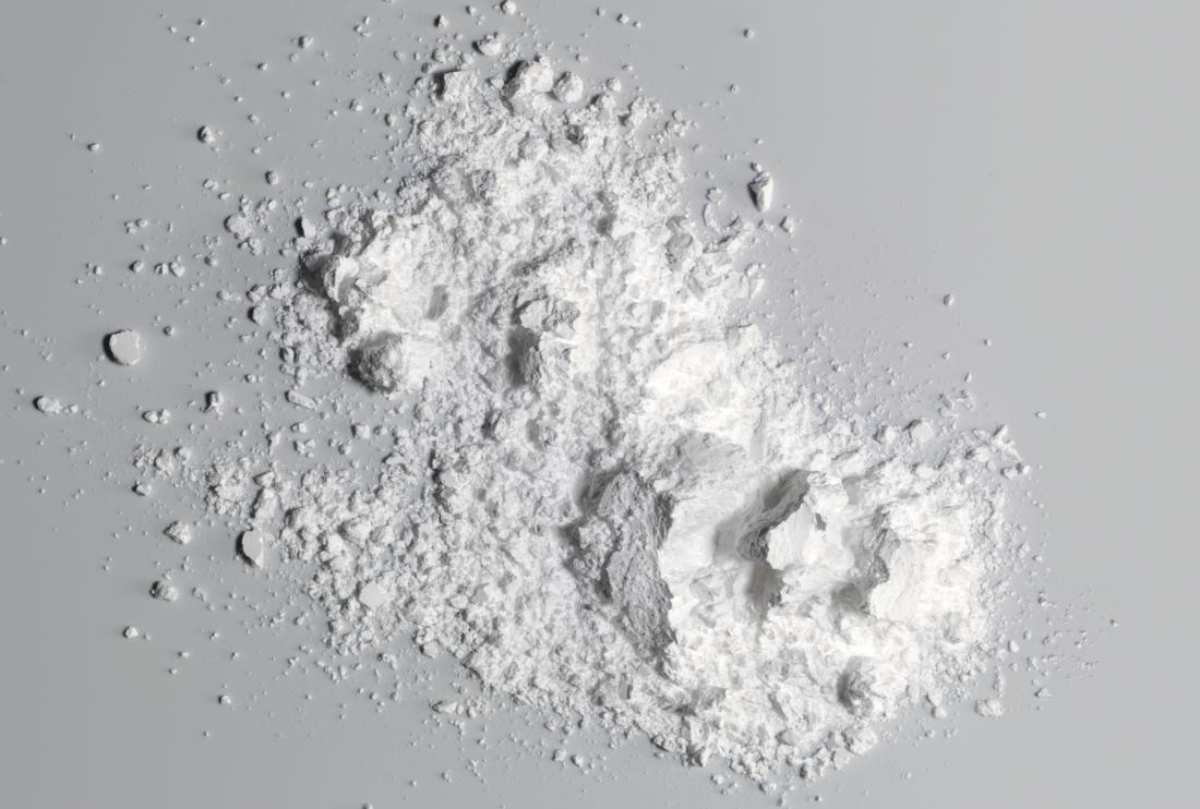
Step 2: The Unseen Barrier (Diatomaceous Earth)
Diatomaceous Earth (DE) is a fantastic, non-chemical barrier. It’s a fine powder made from fossilized algae that works by physically, not chemically, killing insects.
Make sure you get food-grade DE, which you can find online or at a garden center for about $10-$15. The best way to apply it is with a small bulb duster (usually another $8-$12) to puff a very fine layer into cracks, along baseboards, under appliances, and anywhere you see ants entering. Piling it up is messy and less effective. When an ant walks through the fine dust, the microscopic sharp edges scrape away its waxy coating, and it slowly dehydrates. It’s non-toxic to people and pets (though you should wear a mask during application to avoid inhaling any fine dust), but it becomes useless when wet, so you’ll have to reapply in damp areas.
Step 3: The Colony Killer (Borax Baits)
This is it. This is the single most effective DIY method because it uses the ants’ own biology against them. The secret is Borax, a mineral salt that’s lethal to ants but works slowly. This slow action is key—it gives the worker ants time to carry the poisoned ‘food’ back to the nest and share it with everyone, including the queen.

The Pro’s Recipe: For a small batch for sweet-eating ants, mix 3 tablespoons of powdered sugar with 1 tablespoon of Borax (a box costs about $5-7 at most grocery stores). Add just enough warm water to make a thick, syrupy paste.
Place the bait on small pieces of wax paper or in plastic bottle caps. Put them directly on or right next to the ant trails. Then, the hardest part: leave them alone. You will probably see more ants at first as they swarm the bait. This is a good thing! It means they’re taking the poison home. Resist the urge to spray them. It can take a few days to two weeks, but this method can wipe out the entire colony. Just be sure to place baits where pets and children can’t get to them.
Bait Troubleshooting: When Ants Get Picky
So, you’ve set your bait, but it’s not working perfectly. It happens! Here are a few common issues and how to solve them.
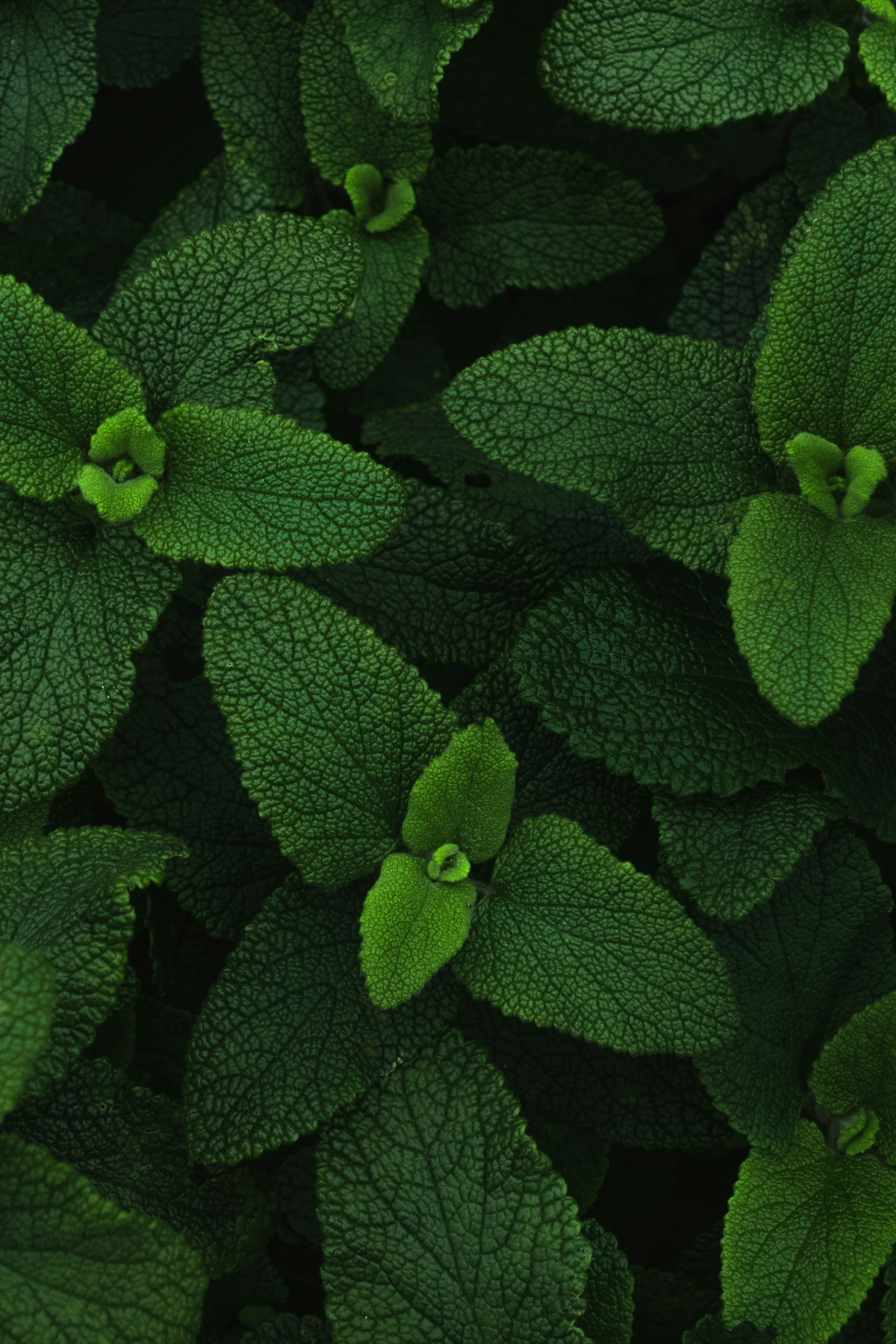
- Problem: The ants are ignoring my sugary bait.
Solution: Their diet can change based on the colony’s needs. They might be craving protein or grease instead. Time for a quick test! Put a tiny dab of jelly and a tiny dab of peanut butter on a piece of cardboard near their trail. See which one they swarm. That’s the food you should mix a little Borax into (a 1:10 ratio of borax to food is a good start for protein baits). - Problem: The ants are dying right next to the bait.
Solution: Your bait is too strong! The poison is killing them before they can get back to the nest. Reduce the amount of borax in your mixture and try again. The goal is a slow, delayed reaction. - Problem: I don’t see any ants at all!
Solution: Make sure you placed the bait directly on an active trail. If you’re not sure where they’re coming from, you might need to do some more detective work. Which brings us to the most important step of all…
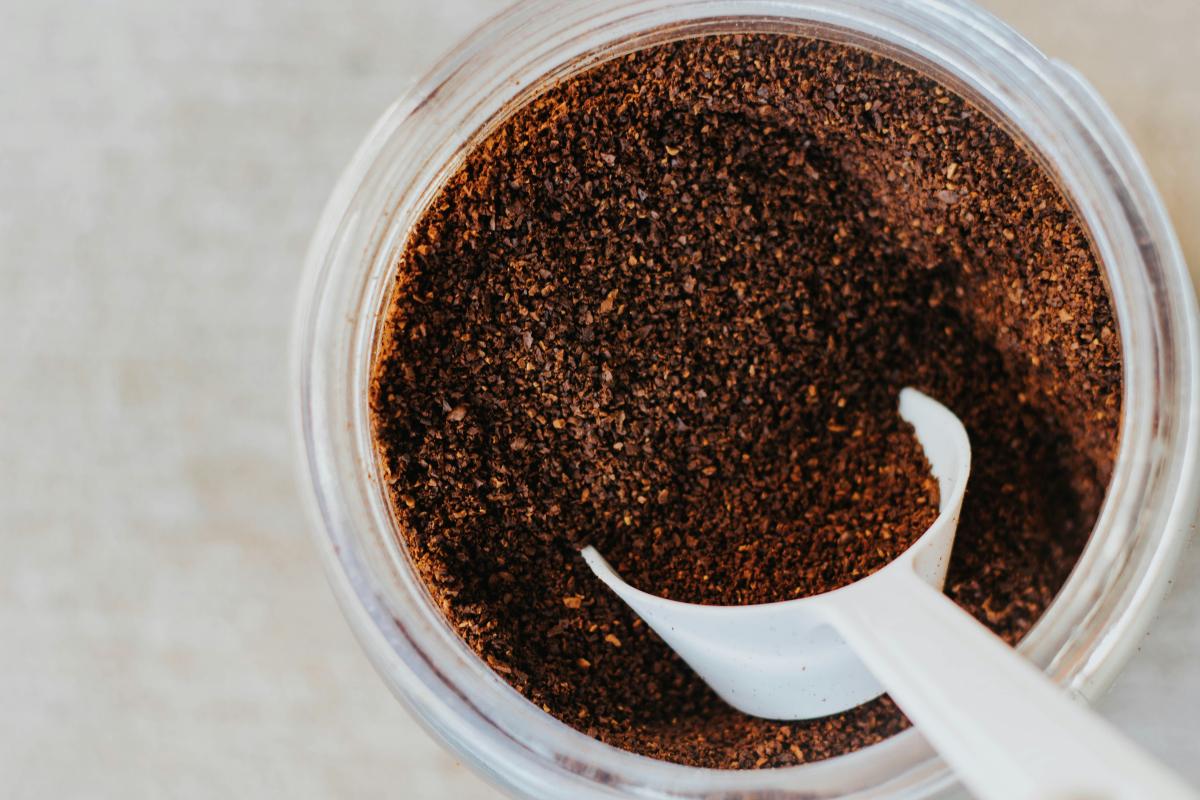
The Best Defense: Keeping Ants Out in the First Place
Honestly, the best way to control ants is to make your home as uninviting as possible. Prevention is everything.
Start by sealing up entry points. A tube of clear caulk is your best friend. Go around the outside of your house and seal any small cracks in the foundation, gaps around pipes, and spaces around windows and doors. Trim back any tree branches or shrubs that are touching your house—ants use these as highways to get inside.
Inside, it’s all about sanitation. Clean up spills and crumbs immediately, store food (especially sugar, syrup, and honey) in airtight containers, and take your trash out regularly. Don’t leave pet food sitting out for hours. By removing their food and water sources, you make your home a much less interesting place for a colony to set up shop.
Galerie d’inspiration

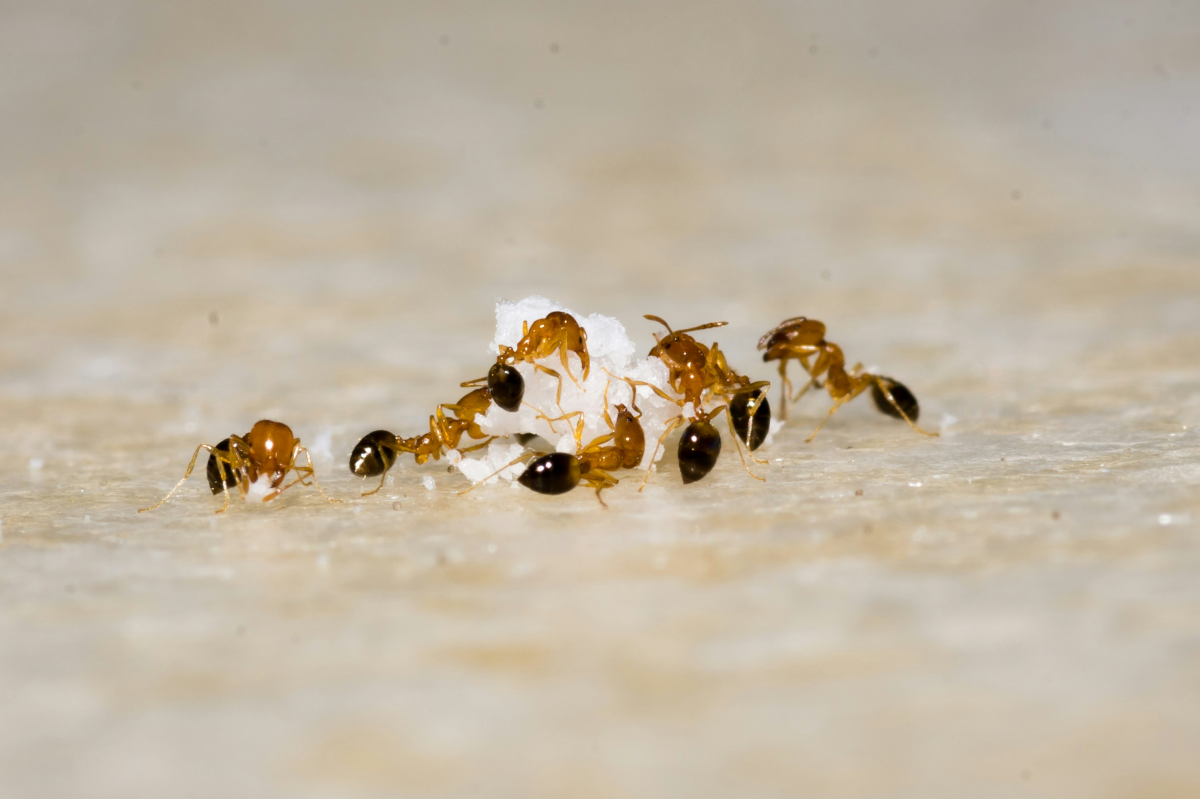
What’s the biggest mistake people make after setting out bait?
Impatience. When you use a high-quality slow-acting bait like Terro Liquid Ant Baits or Amdro Ant Block, you’ll suddenly see *more* ants gathering around the trap. This is a good sign! It means the scouts have signaled to the colony that they’ve found a food source. The goal is for these workers to carry the poison back to the nest and feed it to the queen. If you spray them or clean them up, you break the chain and the colony survives. Let them feast for a few days; their success is your victory.
An ant can lift 20 times its own body weight. While impressive, you don’t want them using that strength to carry crumbs from your kitchen.
The first line of defense is making your home less attractive. This goes beyond wiping up spills. Store pantry items like sugar, flour, and cereal in airtight containers—glass or hard plastic is best. Regularly inspect for and seal tiny cracks in your foundation, window sills, and around pipes with silicone caulk. It’s a boring weekend job that pays off by making your home a fortress.










